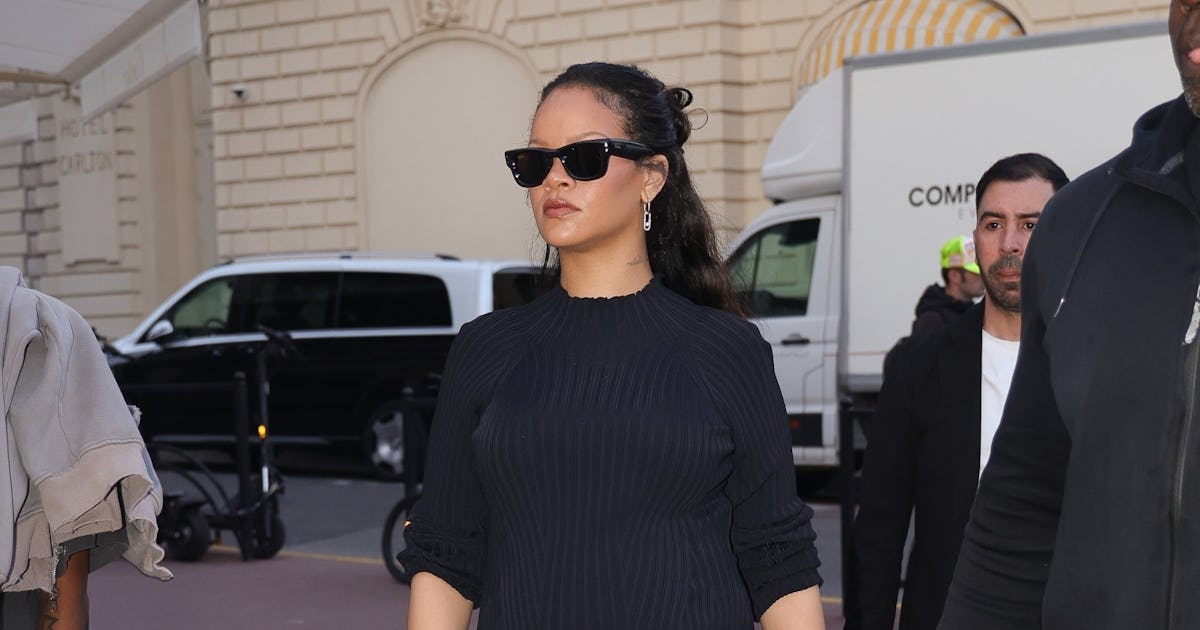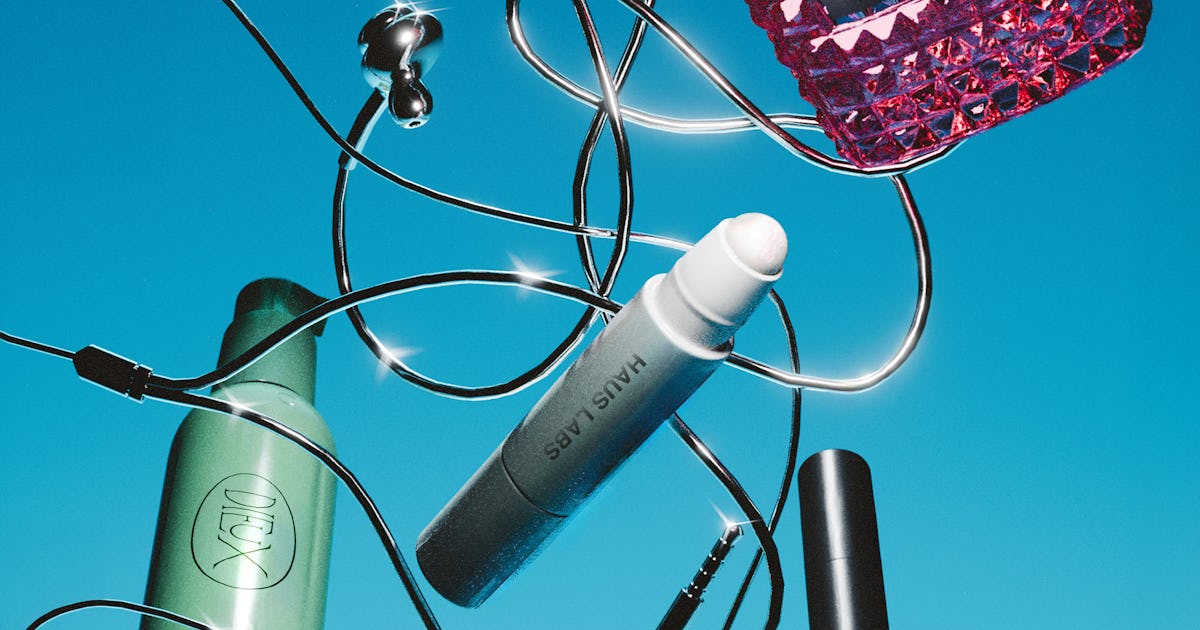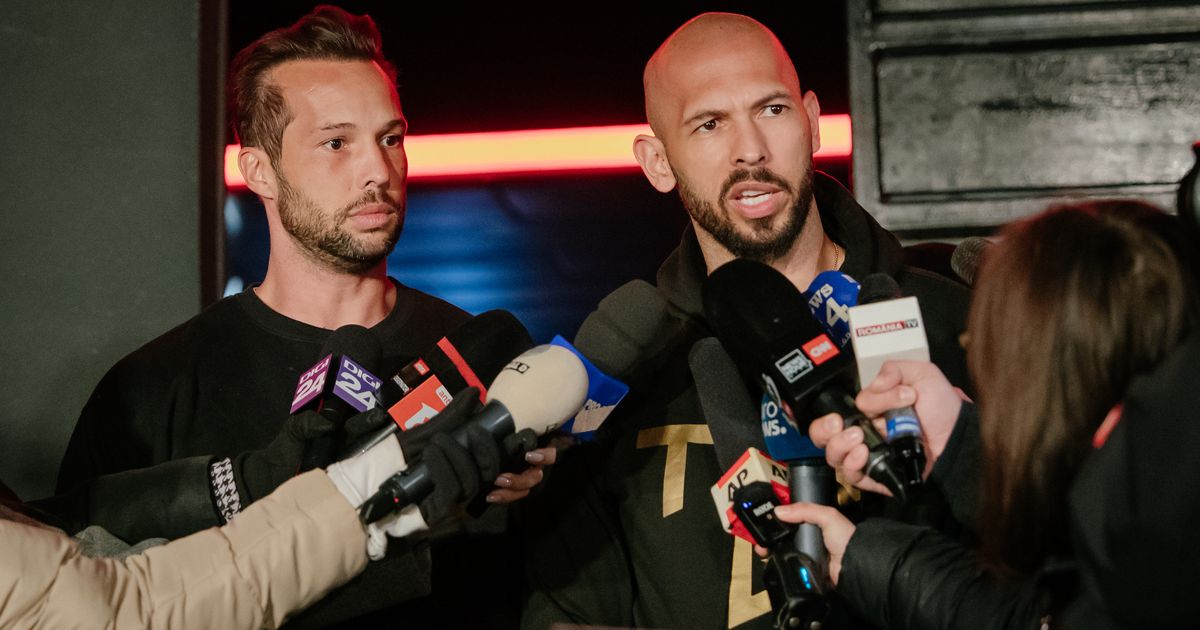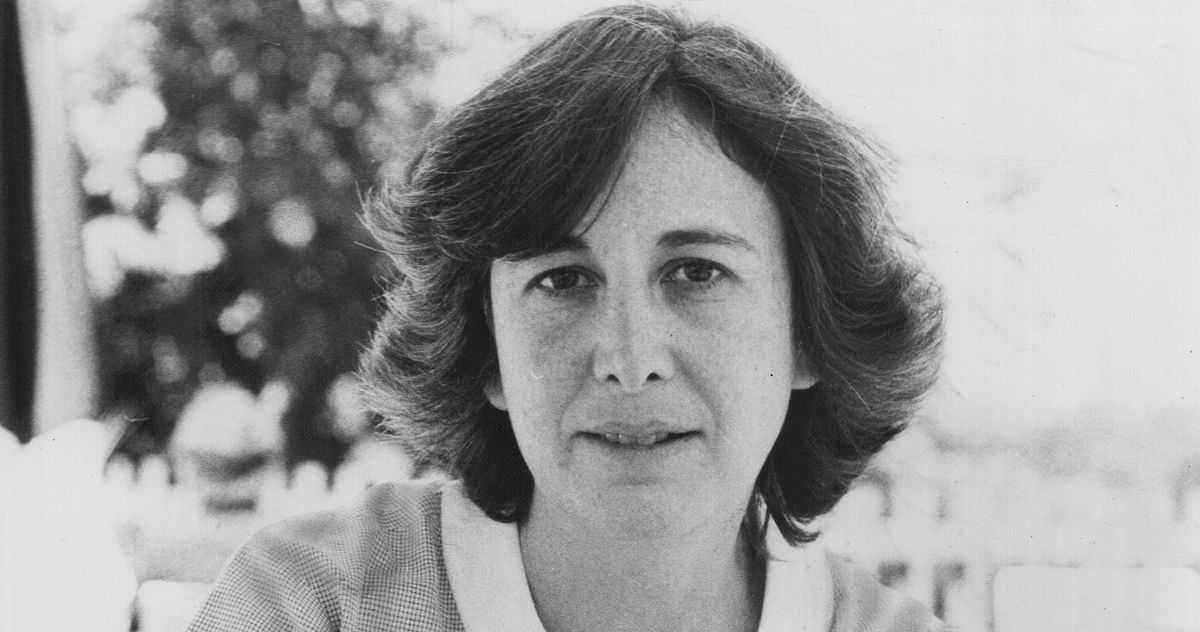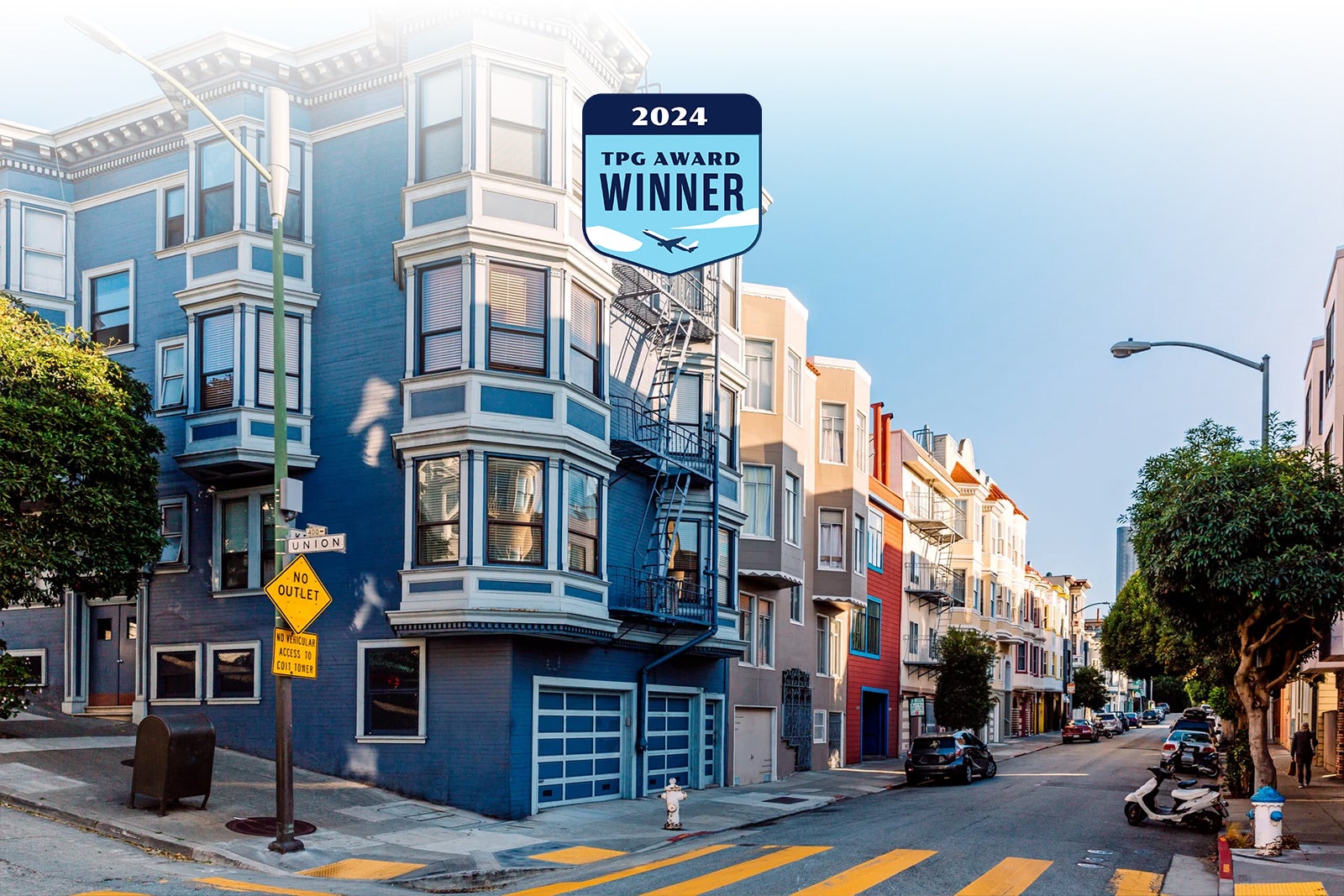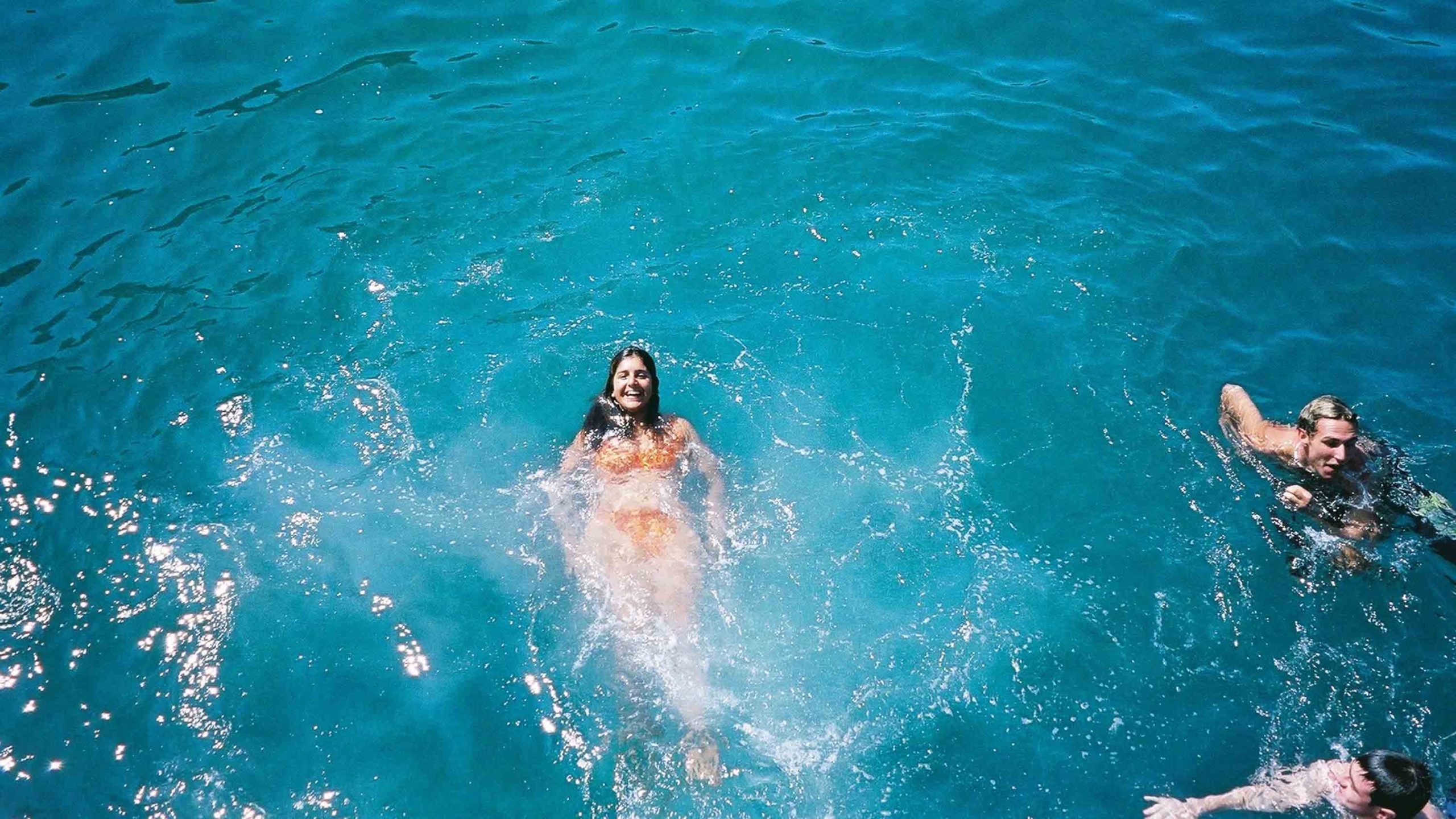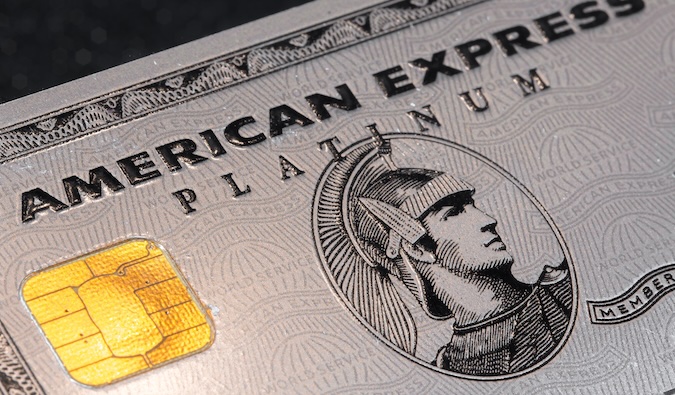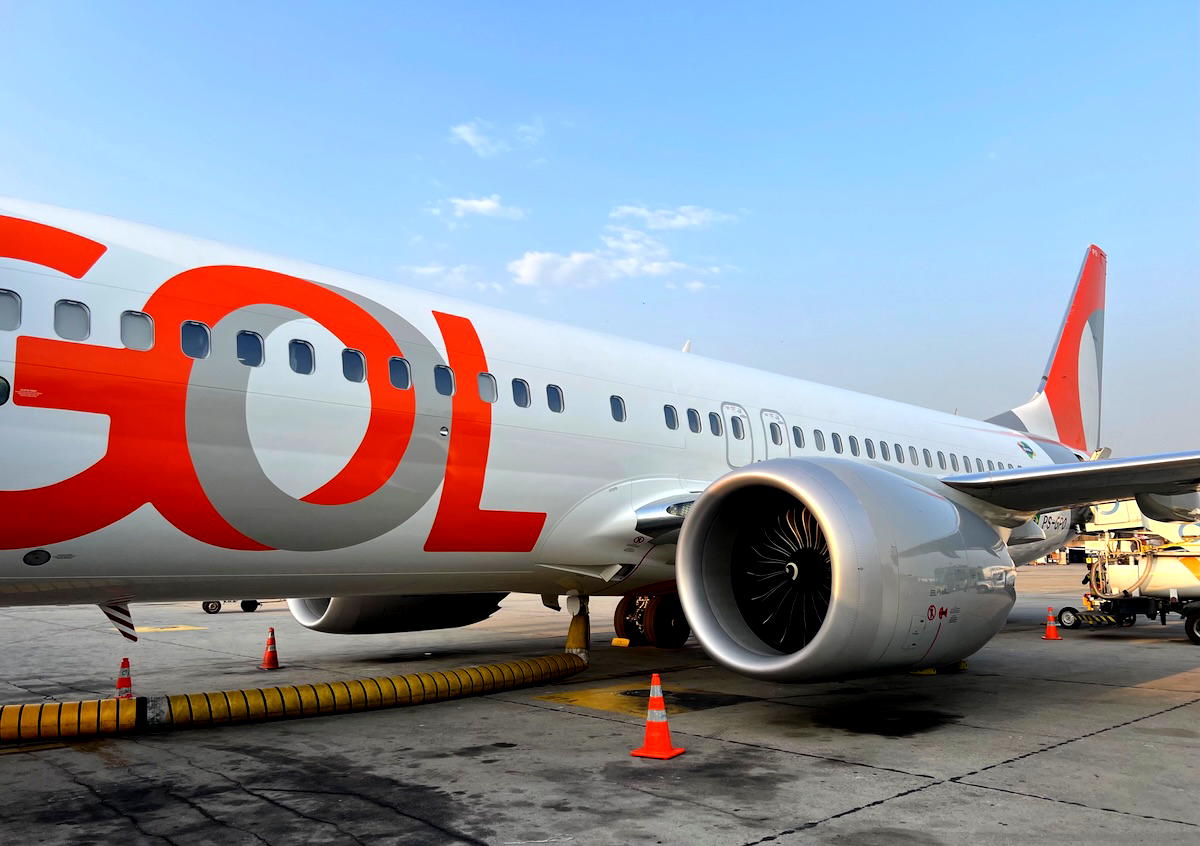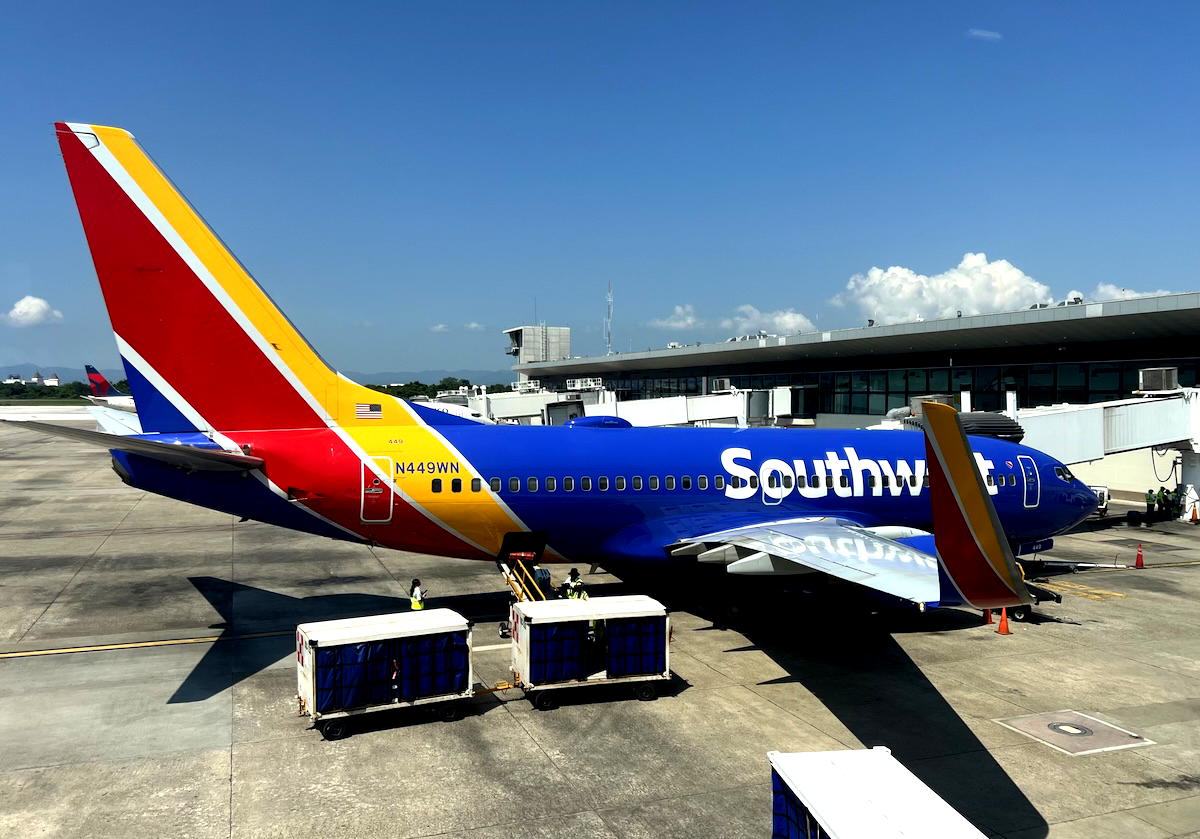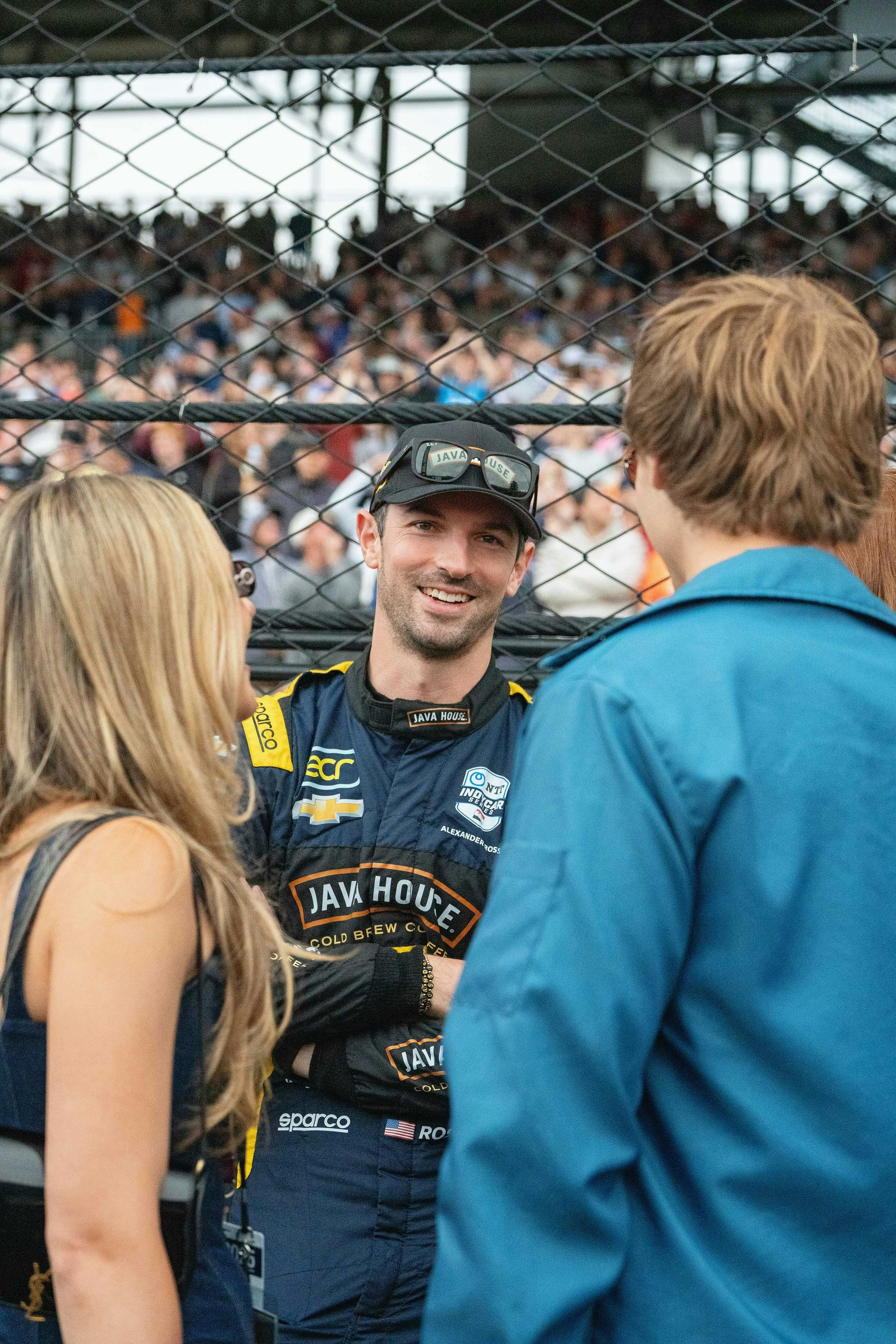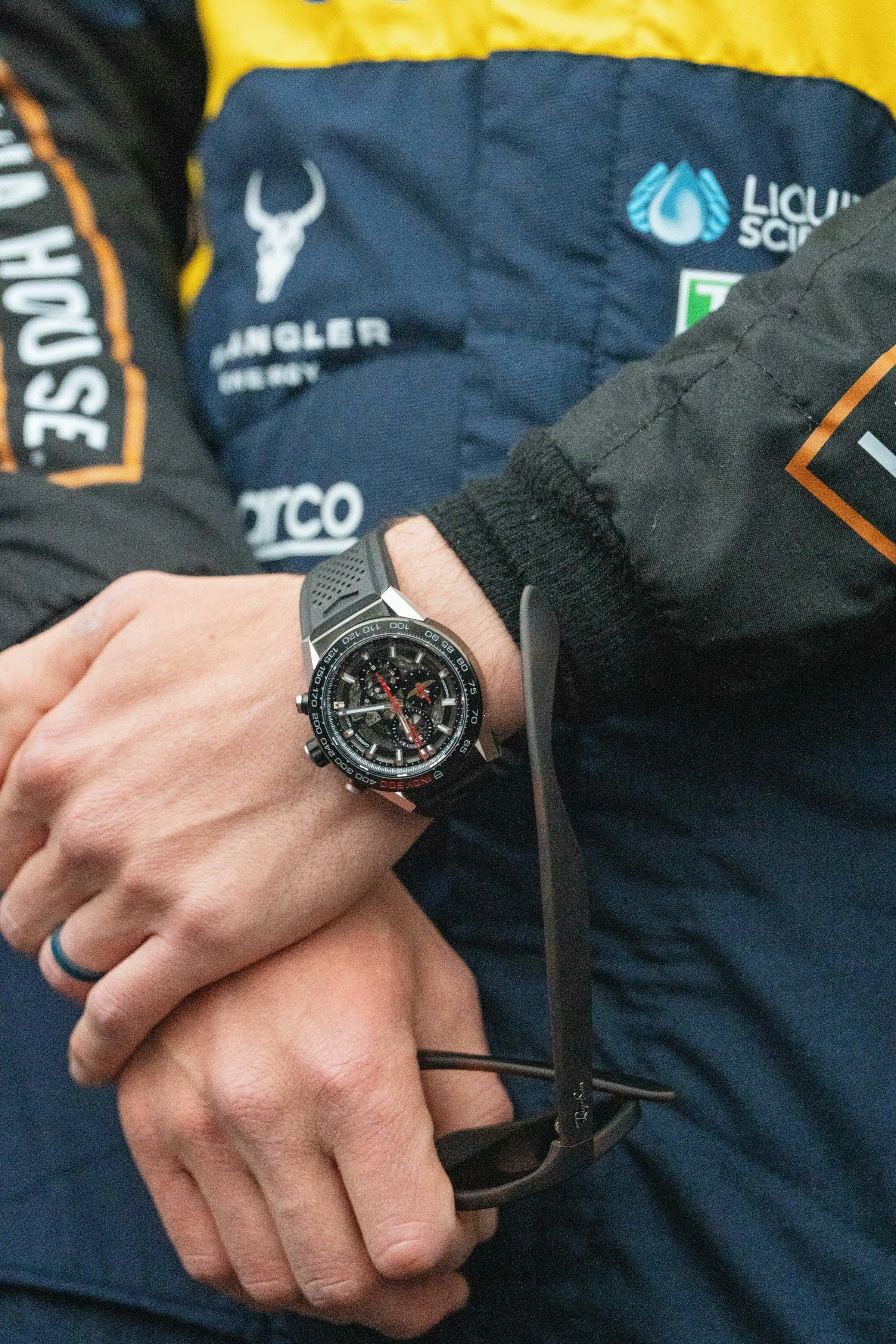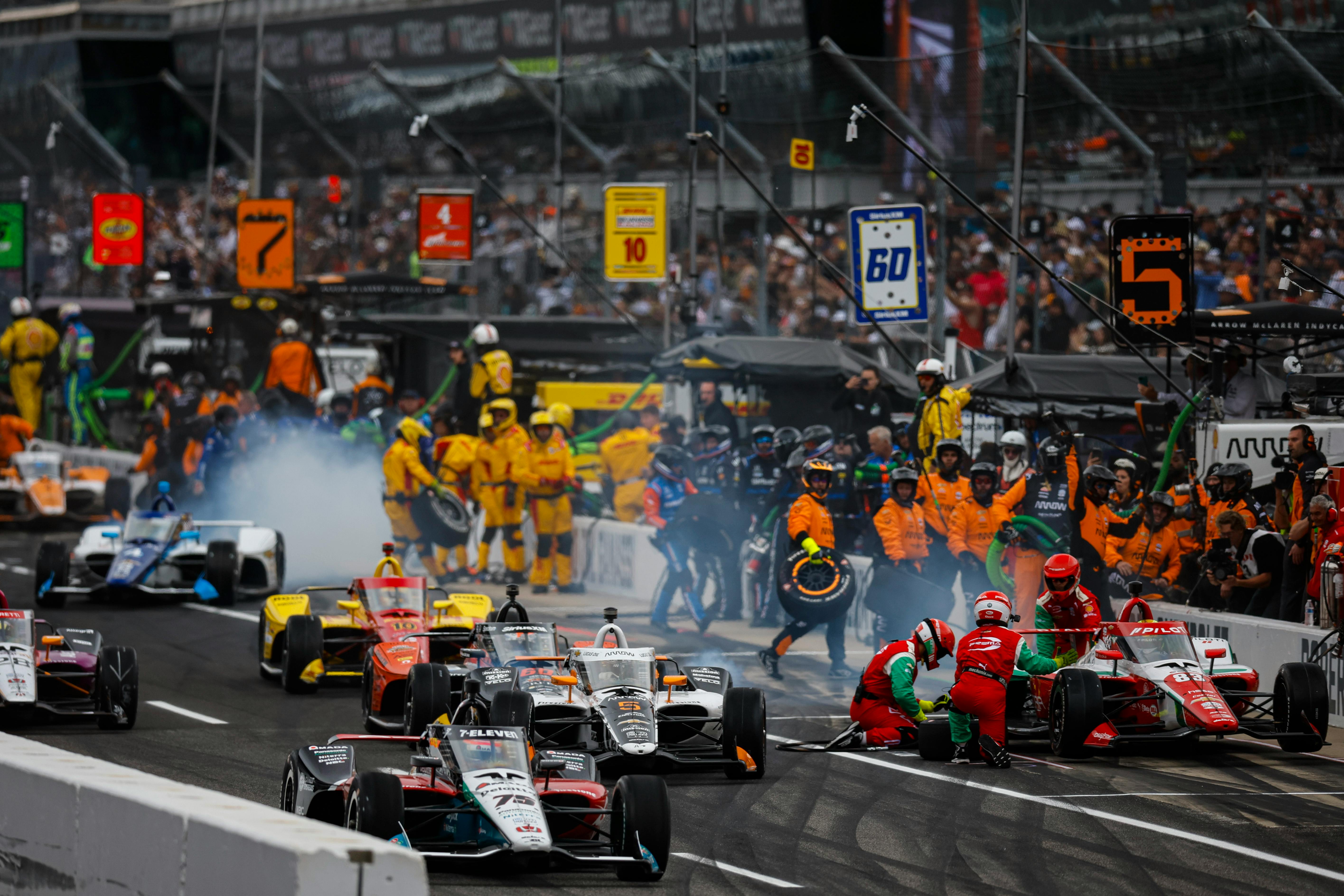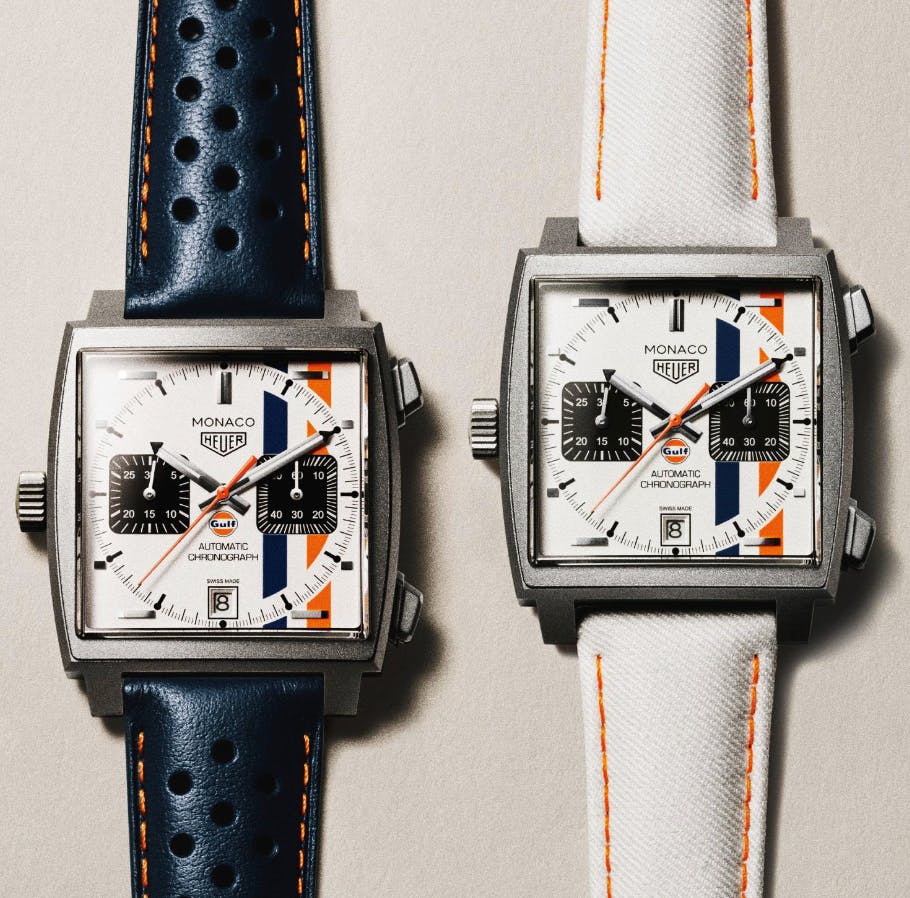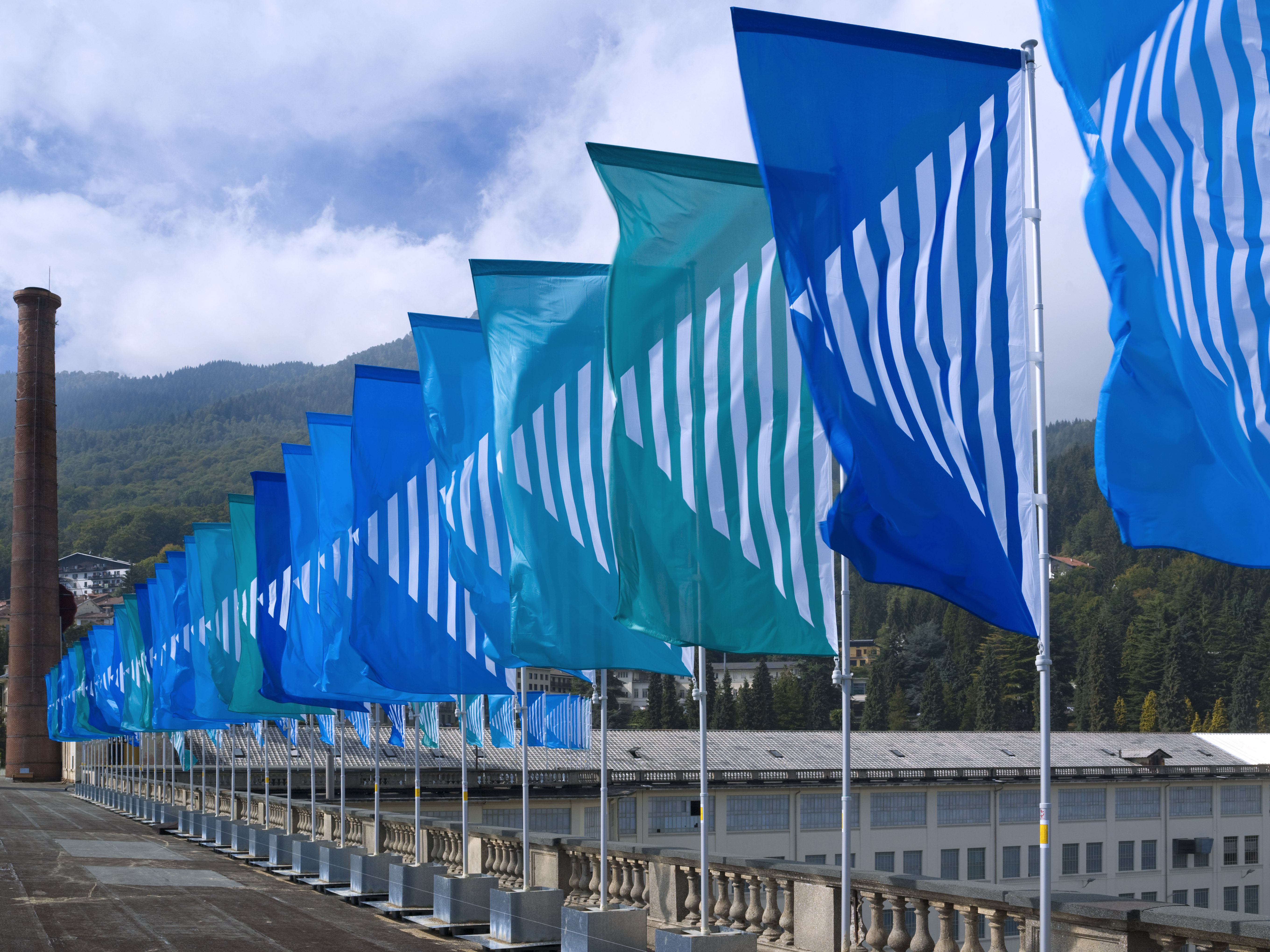The 2025 Indianapolis 500 Was Like No Other
It was adrenaline-filled as ever as 33 cars set out for the win under overcast skies before Alex Palou claimed victory.
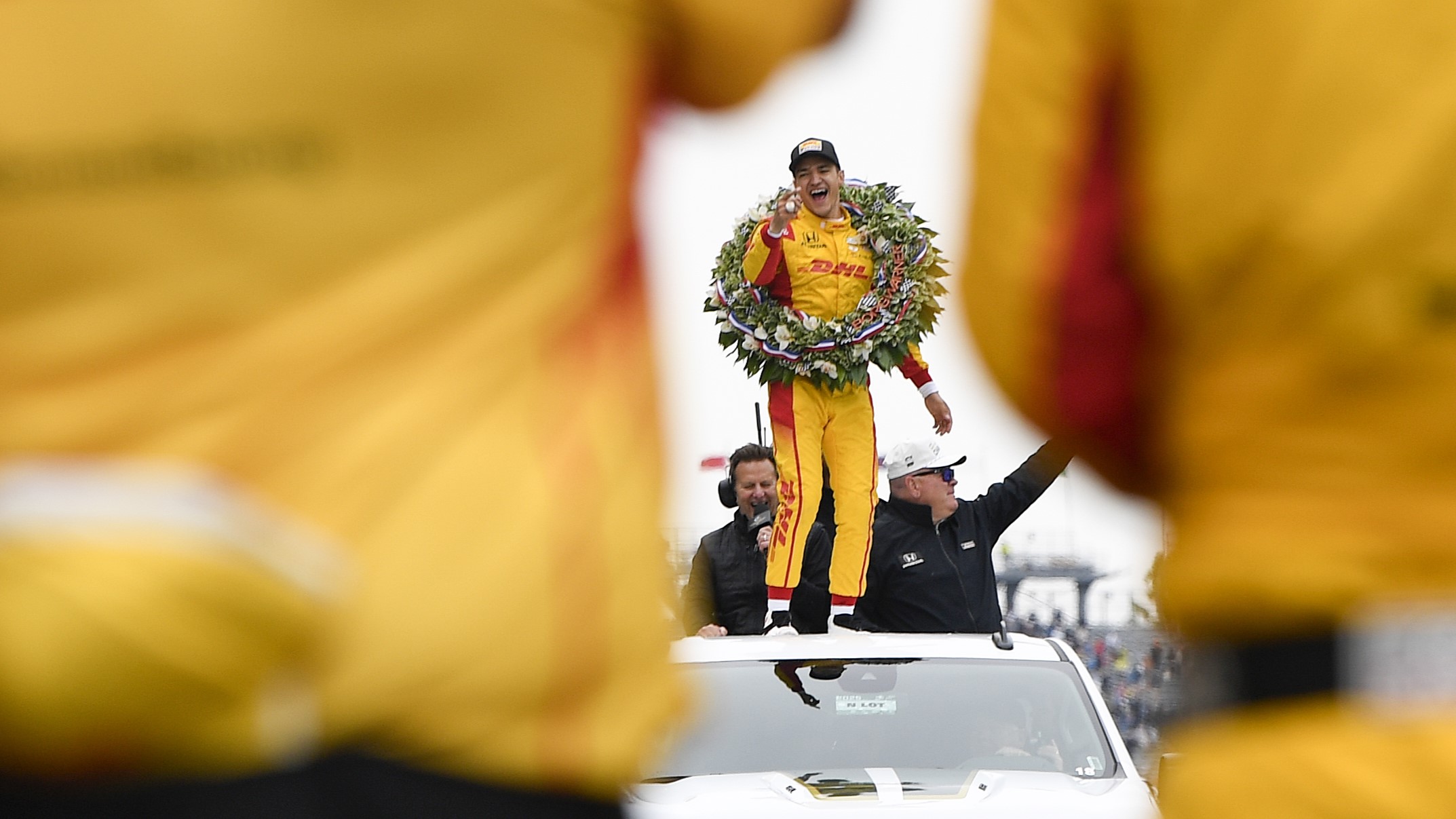
It’s Indianapolis tradition: on Memorial Day weekend, fans from all over pour into the Indianapolis Motor Speedway for the ultimate racing event: the Indianapolis 500, where drivers complete a 500-mile race spread across 200 symmetric ovular laps. This year’s race, which marked its one-hundred-and-ninth, was like no other. After a patriotic prelude, 33 race cars readied on the track before they eventually got the go, with each engine roaring to life. Race cars’ deafening decibels and the smell of burnt rubber tires filed the massive speedway.
Before the pace laps ended, one driver spun out. Scott McLaughlin became the afternoon’s first did not finish (“DNF”) on the board. The Sunday race was dramatic, with 45 of the 200 laps raced under a yellow caution flag. Several cars crashed, with a few crumpling, and no serious driver injuries. One pit stop, however, was the most intense of them all: 2016 winner Alexander Rossi’s Ed Carpenter Racing Chevrolet went up in flames on his seventy-third lap after an overheating gearbox issue. His crew quickly quelled the fire, leaving the driver unharmed. His fueler had to go to a medical center to check for burns but was ultimately okay, per the driver.
"It's always a terrible situation, and it's so disappointing. That was such a phenomenal race car," Rossi, a Tag Heuer ambassador who wore the brand’s Formula 1 Chronograph x Indy 500 throughout race weekend, said after the incident. "That's what's so painful about this place. You have to have so many things go right." Memorably, when Rossi won his debut Indy 500 in 2016, he crossed the finish line with no fuel left in the tank.
By the time the white flag waved for the Indy 500 final lap, cars viscerally accelerated on the track. Spanish driver Alex Palou, who has been holding a top two spot in the last 25 laps, held his position before taking the lead towards the end, holding first position in lap 199 and finishing first place with Marcus Ericsson and David Malukas coming in second and third, respectively. Nolan Siegel smashed into the wall on that final loop, leading cars to cross the finish line on a yellow flag.
“What an amazing day. What an amazing race,” Palou said after the race, before drinking milk (it’s part of the winner’s tradition). “There were some moments that I felt really good in the race, but at the end, I didn’t know if I was going to be able to pass Marcus [Ericsson] or not, but… made it happen.” The 28-year-old then received a special edition timepiece gift from Tag Heuer, the official timekeeper of the NTT IndyCar Series. How much did we earn from winning? $3.8 million.
Any Indy 500 promises to be a dramatic display of strategy, impressive engineering, and driver grit on the 2.52-mile track. The 2025 race surely had a unique medley of highlights. In total, 11 cars failed to finish. Palou made history as the first Spanish driver to win the race.
Leading up to the race weekend—it’s the most-attended single-day sporting event in the world and garners around 350,000 guests—Tag Heuer dropped a limited release of 971 pieces of its Monaco Chronograph x Gulf. (The F1 Monaco Grand Prix usually happens the same day as the Indy 500.) The watch style dates to 1971 and is a sort of ode to Steve McQueen and his Porsche 917K. The timepiece's white straps are made using the same fabric as the Le Mans actor’s racing suit.
Throughout the race weekend, the Swiss luxury watchmaker held a celebratory dinner event at the Wheelhouse Social Club with Rossi, tastemakers, and friends of the brand. After the 2025 Indy 500 ended, the day was only getting started in Indianapolis. Following Palou’s win, the Indiana Pacers played Game 3 in the finals at Gainbridge Fieldhouse against the New York Knickerbockers (and lost) with fans like Timothée Chalamet in attendance.
Disclaimer: Tag Heuer paid for L'OFFICIEL's travel and accommodations to attend.




















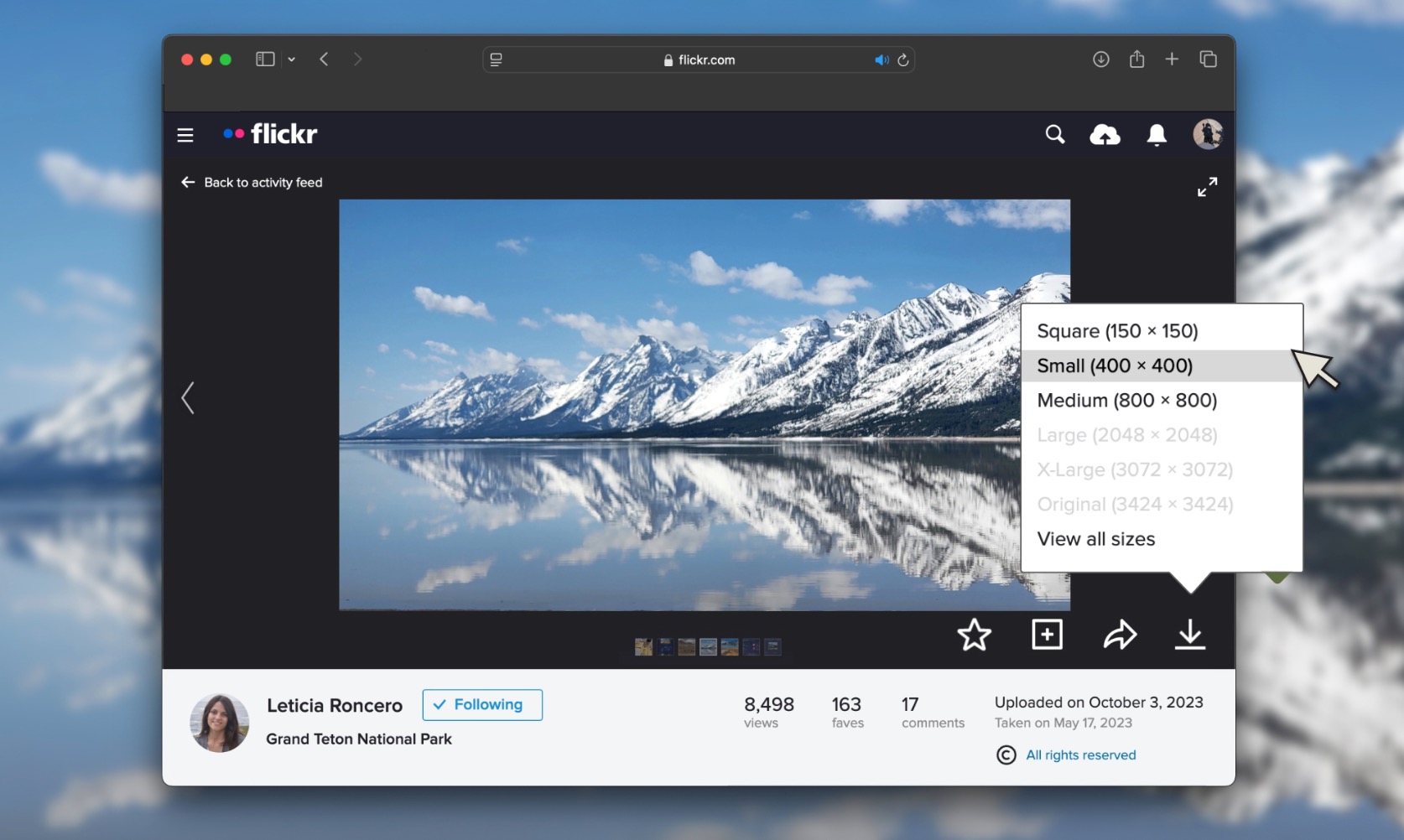










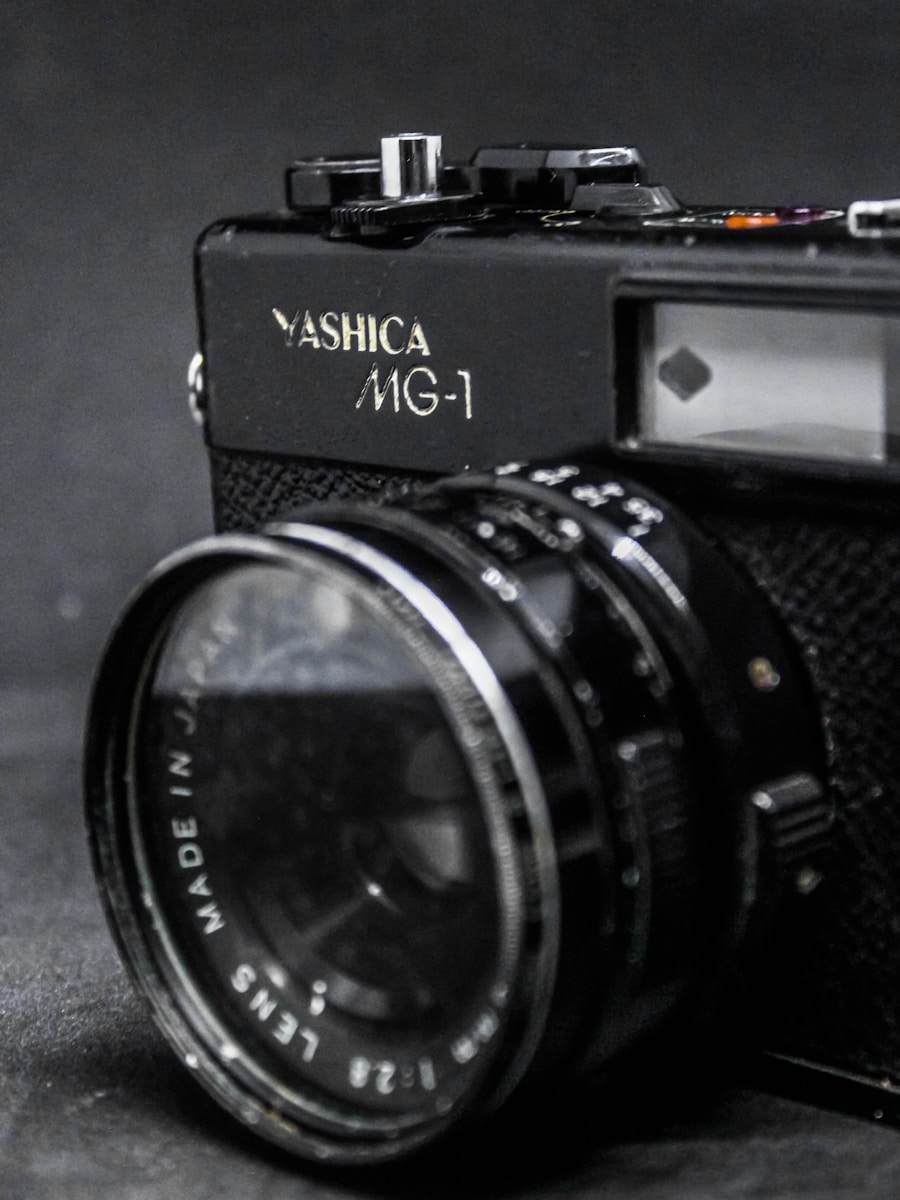





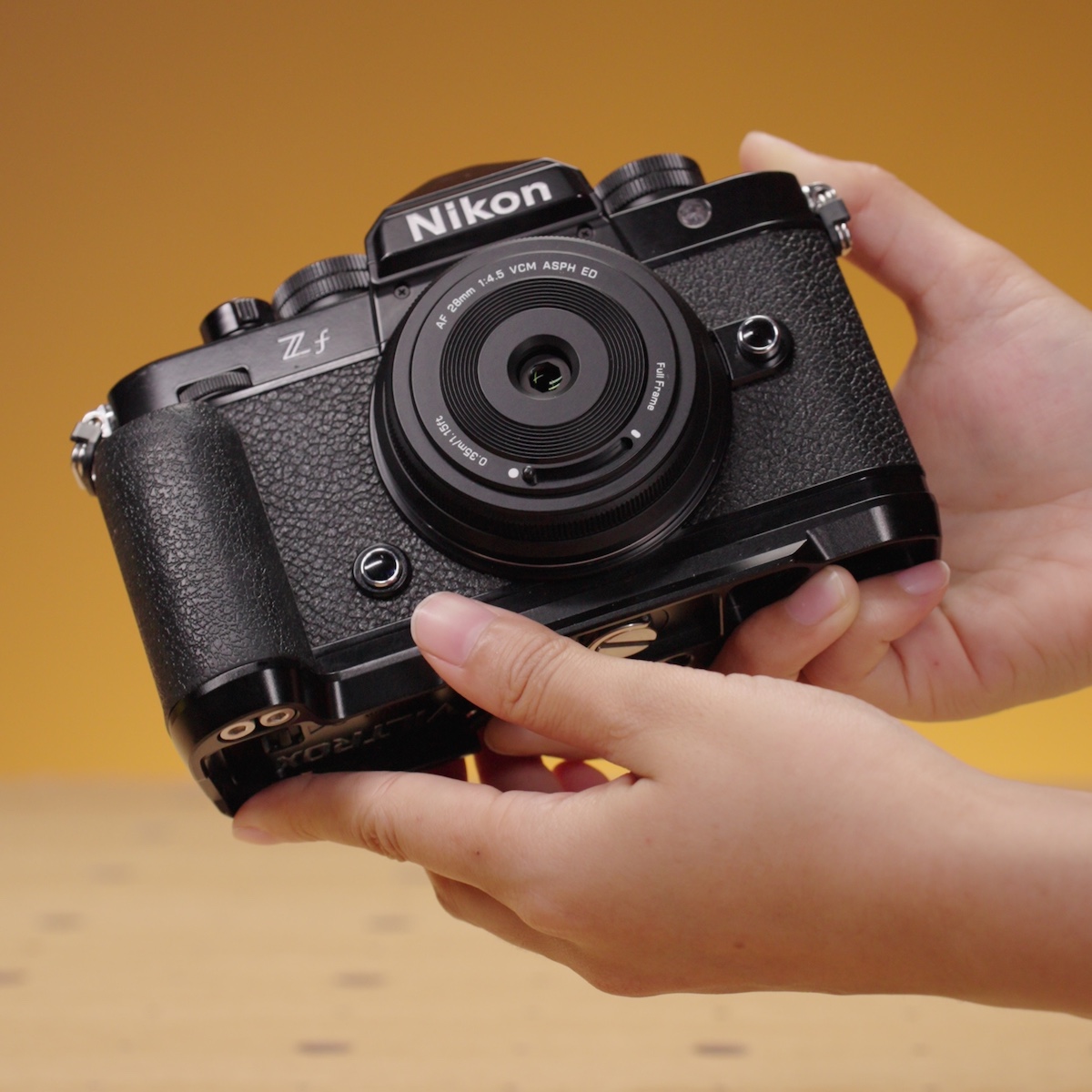






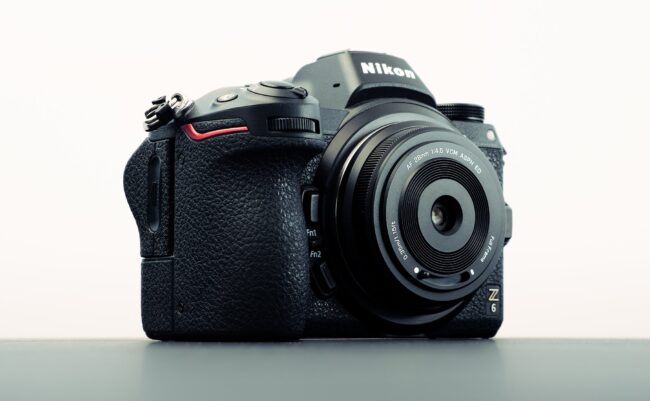

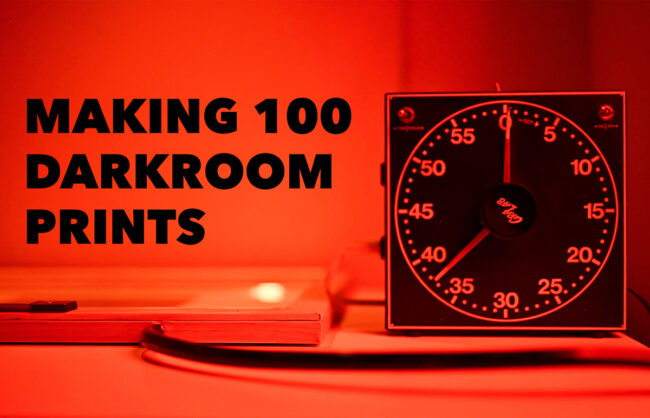











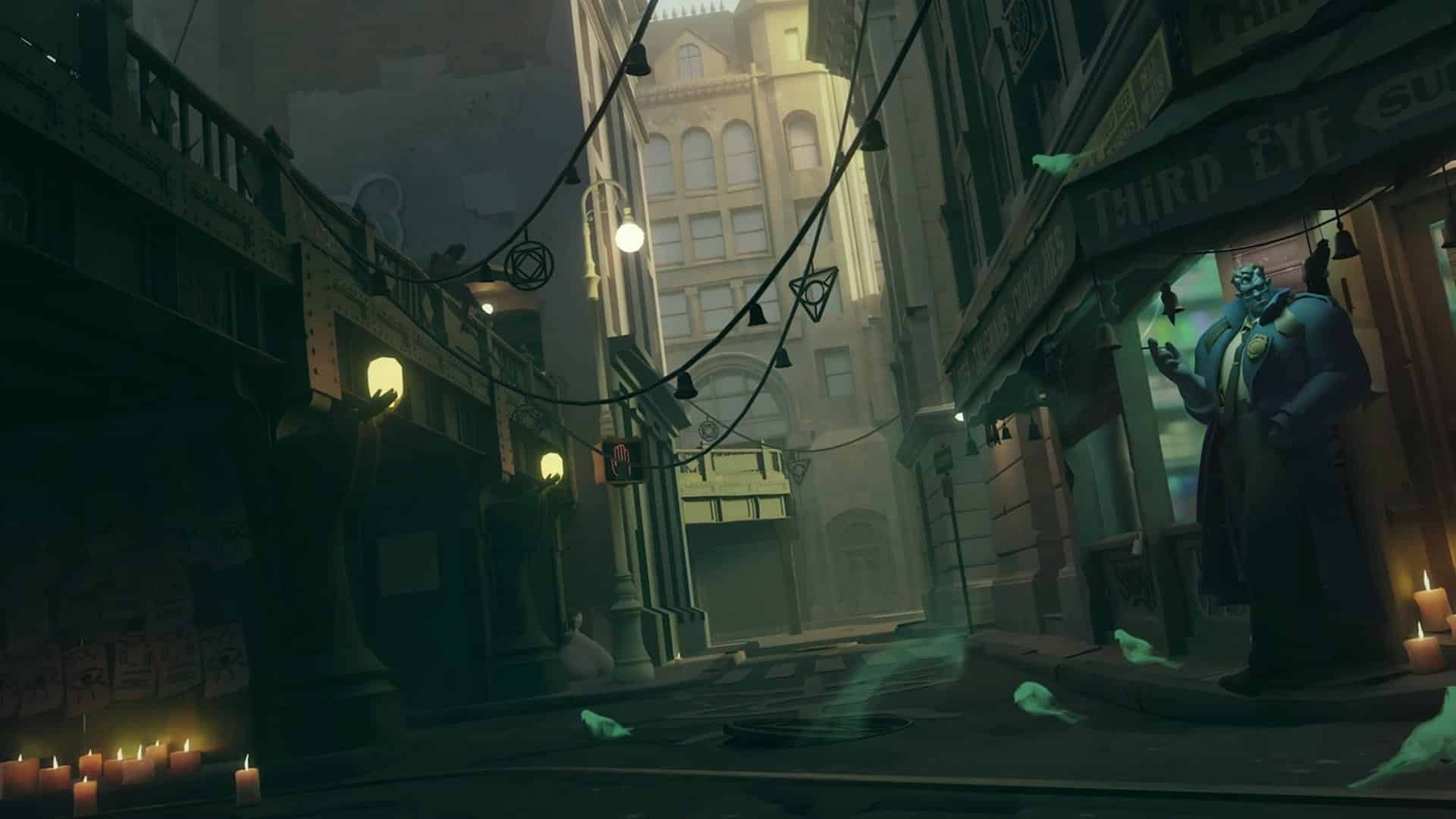




















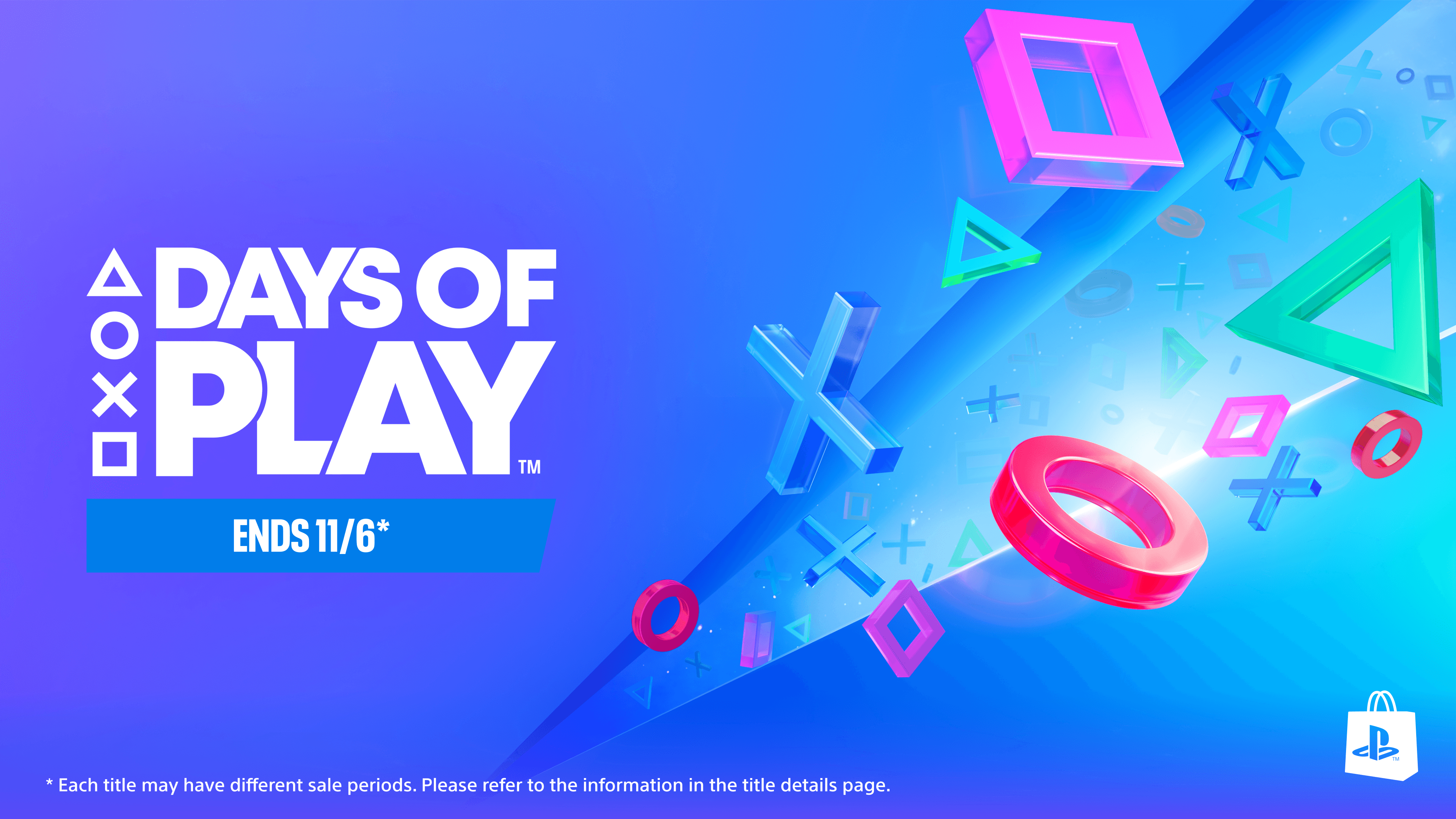














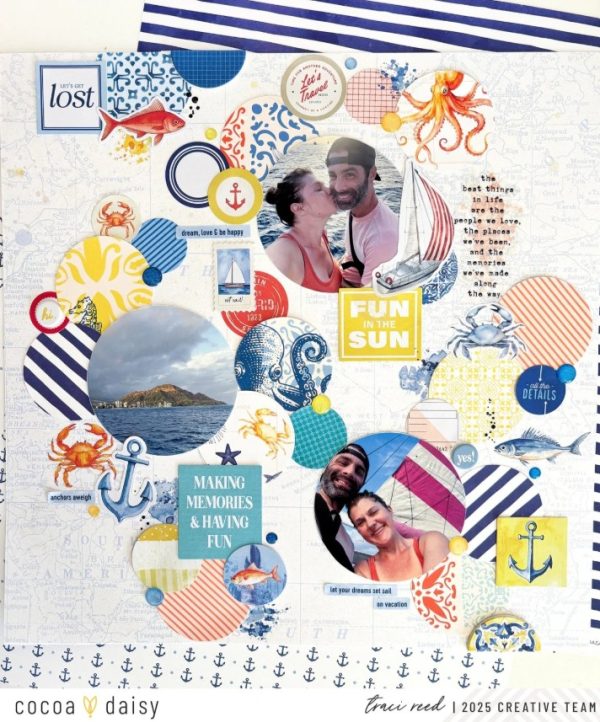











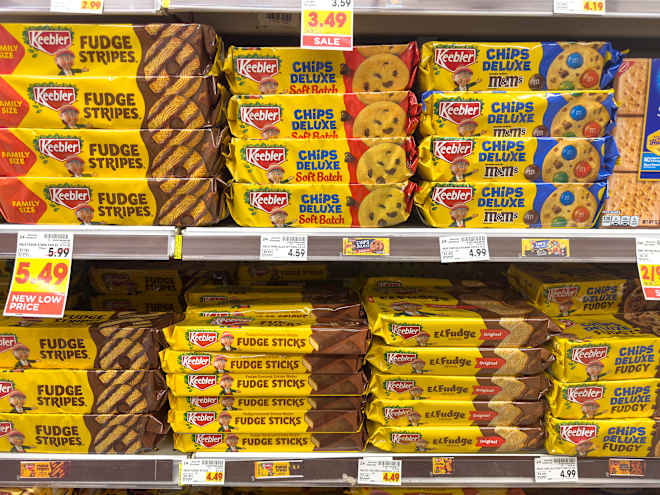







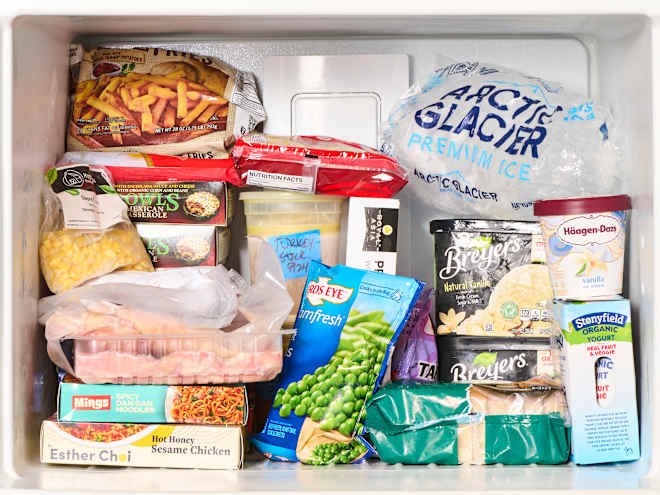

























































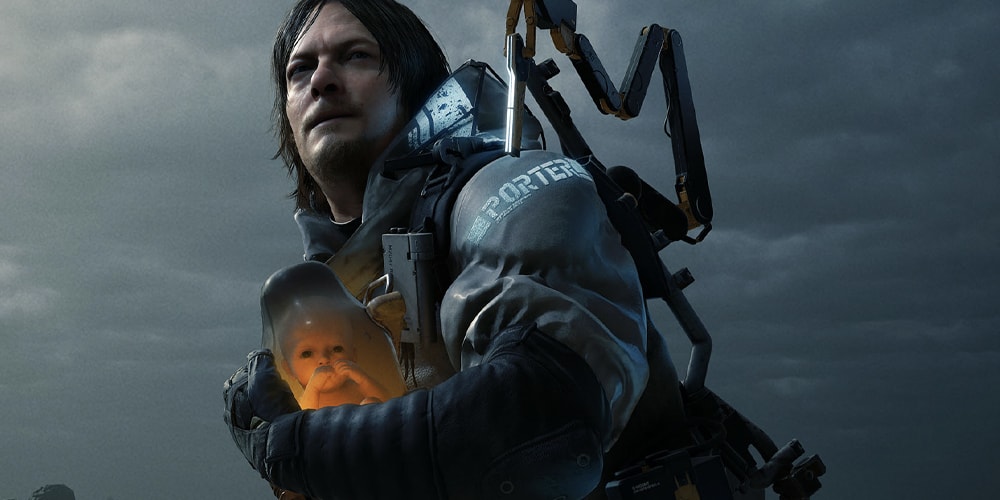


.jpg)



.png)












